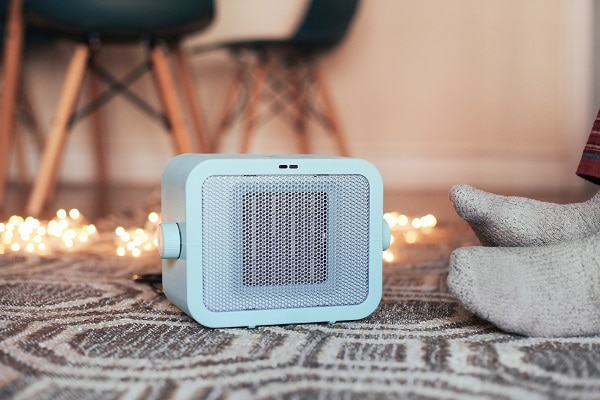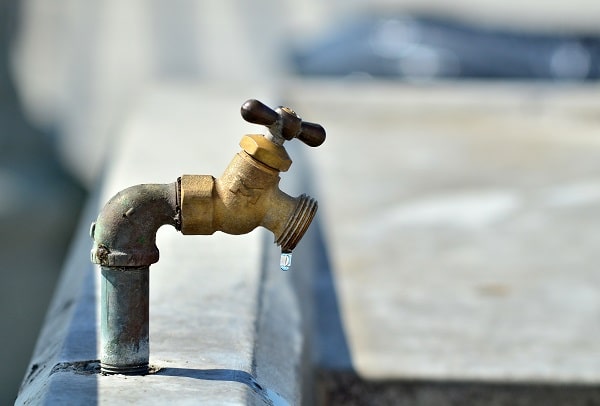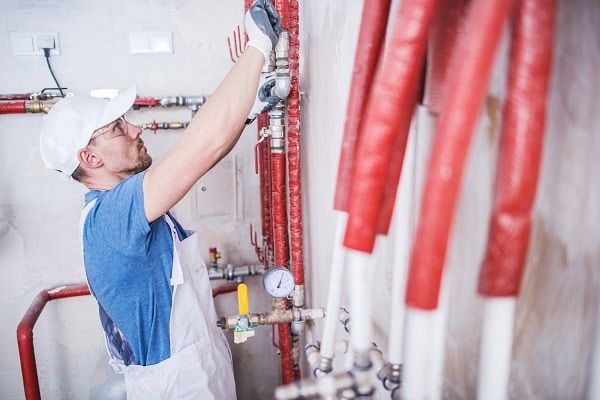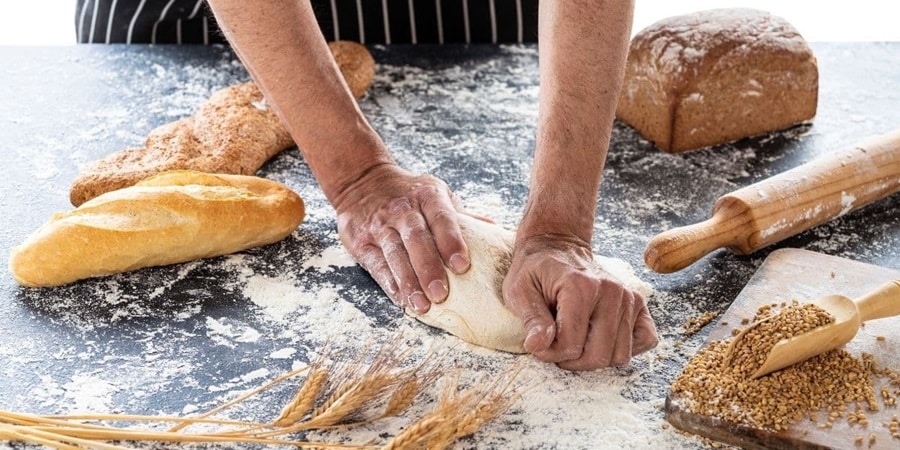In winter, the water coming to your house is much colder than the water that comes in summer. The cold water contracts the pipe, which results in freezing or bursting of the pipe. Water expands when it freezes, and the pipe is unable to hold the water pressure inside it. Replacement of cracked pipes is expensive and time-consuming. In addition, the amount of time required for thawing the pipe can cause extreme water damage in that part of the house.
Contents
At What Temperature Do Pipes Freeze?

The freezing temperature of the water is 32 degrees Fahrenheit. But that does not mean the pipes will freeze at the same temperature. It is because your home insulation protects the pipes from the freezing temperature outside.
Though it depends on your house’s geographical location, generally, the pipes freeze when the outside temperature is 20 degrees Fahrenheit. The freezing of pipes depends upon the temperature and condition of the pipe. The lower the temperature and the more unprotected the pipes are, the more likely pipes will freeze.
The most vulnerable pipes are:
- Uninsulated pipes
- Pipes in the exterior walls of the house
- Pipes in the attic, basement, unheated garage, and access spaces
- Copper or galvanized steel pipes
How Long Does It Take For Pipes To Freeze And Burst?

The answer to this question depends upon the outside temperature. For a pipe to freeze and burst, the outside temperature needs to be 20 degrees Fahrenheit for a continuous period of 6 hours. It also depends upon the location of the pipes and the geographical conditions of that area. If you live in a place where there is dead cold, your pipes won’t take much time to freeze. One more factor that determines the freezing of pipes is the cold air flowing through the pipes. Pipes exposed to cold winds are at high risk.
To conclude, with little insulation, it takes about 3-6 hours for the pipes to freeze when the outside temperature is 20 degrees Fahrenheit with little insulation. With reasonable insulation, it may take 6 hours at the same air temperature. After that, the pipes will begin freezing between 25 degrees and 30 degrees Fahrenheit temperatures.
Prevent Freezing Of Pipes
Leave The Heat On

It is essential to keep your pipes warm; you can do this by keeping the cold air out or bringing hot air to your pipes. To keep the water warm and to prevent it from freezing, you must keep your home’s heating running at all times. Keep your heat on even if you are away from your house, not at a much high temperature, but about 50 degrees Fahrenheit should prevent your pipes from freezing. However, do not entirely stop heat on days or nights that fall below freezing point. It may cause your pipes to freeze and burst.
Let The Faucets Drip

To prevent the water from freezing, let the water flow through every faucet on the sink, shower, and tub. Warm water will keep the pipes warm on the inside. Running water through the pipe helps prevent the pipe from freezing as it will melt the ice inside. Apply heat to the pipe and let the running water flow lightly. Do not add excess heat to the pipe; otherwise, the metal may expand and result in the bursting of the pipe. Instead of providing heat from outside, try hot water to flow inside the pipe, helping it remain warm from inside.
Use Heating Tape

Heat tape is the most popular for preventing the pipes from freezing as it is affordable and works well. Heat tape is non-sticky; it is a simple heat-conducting resistant wire that uses electricity to produce heat. Installing heat tape around the pipe would keep the pipe warm as needed during the winter season. In addition, you can use heat tape to thaw out pipes in 30-40 minutes. Install the heat tape carefully, according to the manufacturer’s instructions. Do not overlap the tape unless the manufacturer mentions it.
Insulate Pipes

Insulation in attics, basement, and garage areas will maintain a higher temperature in these areas, thus preventing pipes from freezing. Install specific products made to insulate the pipes such as “pipe sleeve,” “heat cable,” or similar materials on exposed water pipes to help maintain temperature above 32 degrees Fahrenheit and prevent freezing. You can also use foam rubber or fiberglass sleeves around the pipes to help them stay warm.


